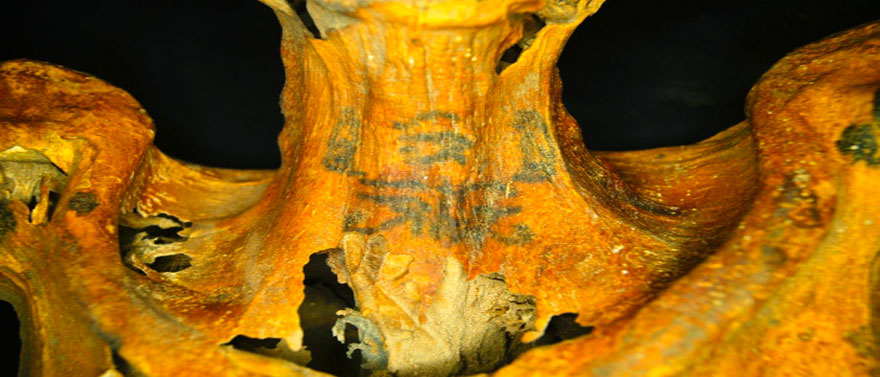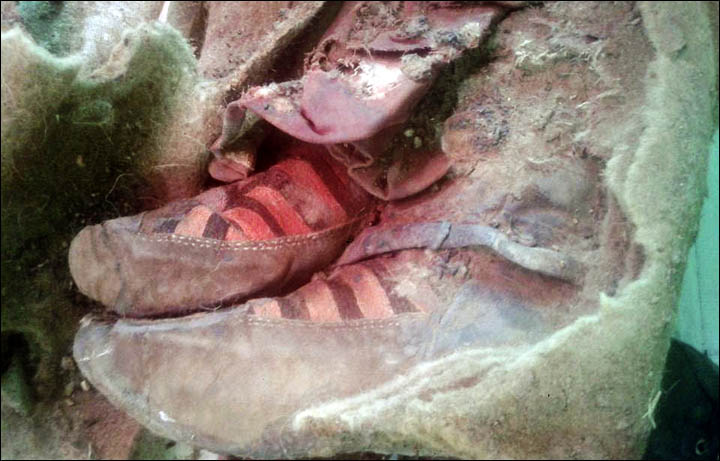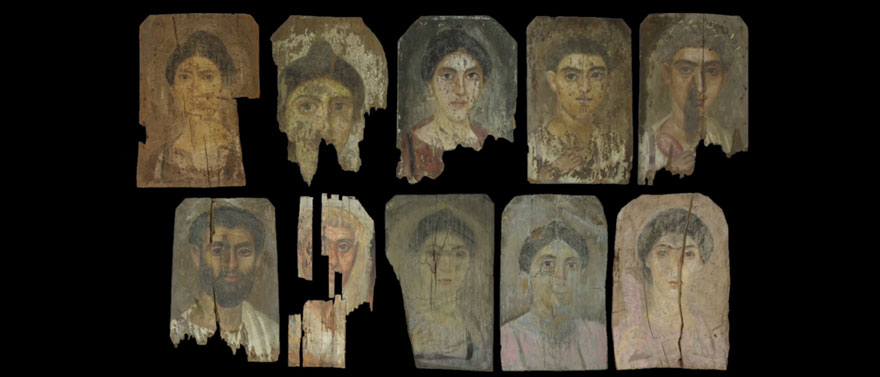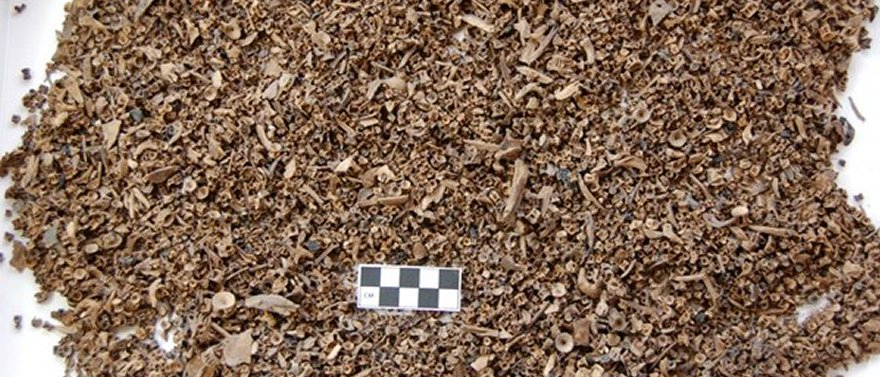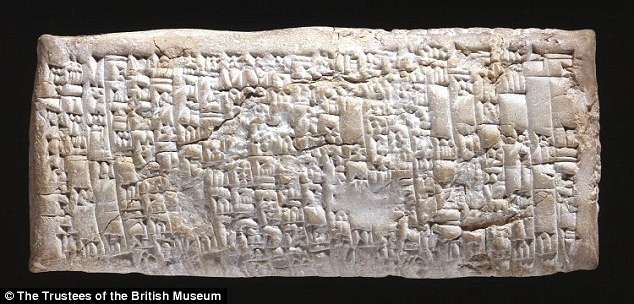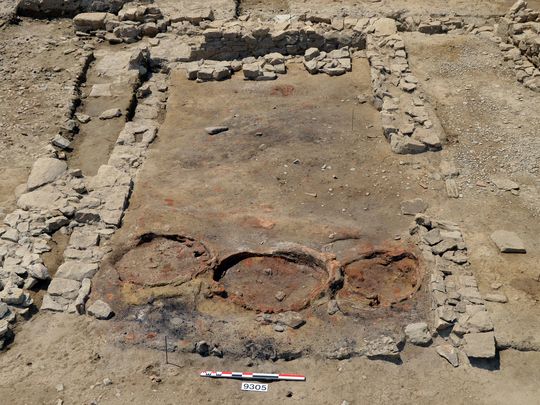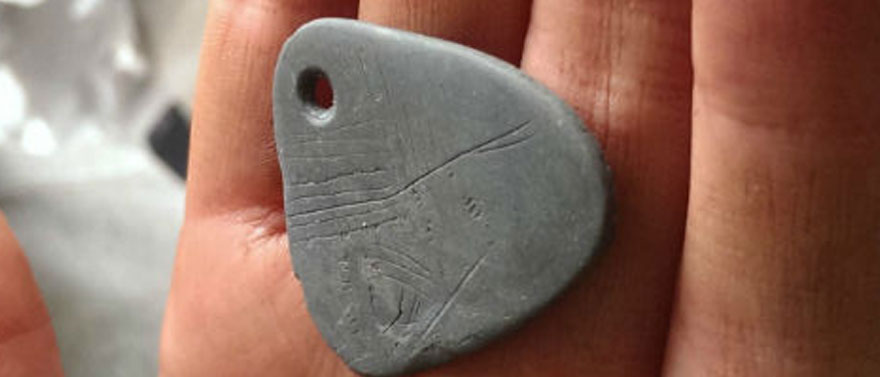
11,000 year old pendant is earliest known Mesolithic art in Britain
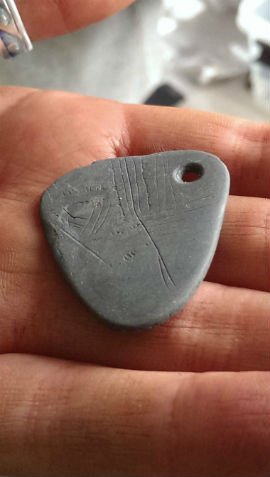
YORK, ENGLAND—An 11,000-year-old pendant has been discovered in lake-edge deposits at the Early Mesolithic site at Star Carr in North Yorkshire. It is triangular in shape, was carved from a single piece of shale, has a hole in one corner, and is engraved with a series of lines that scholars think could represent a tree, a map, a leaf, or tally marks. At first, the artifact was thought to be a natural stone, since the perforation was blocked by sediment. “It is unlike anything we have found in Britain from this period. We can only imagine who owned it, how they wore it, and what the engravings actually meant to them,” Nicky Milner of the University of York said in a press release. Shale beads, a piece of perforated amber, and two perforated animal teeth have also been recovered from the site. “The designs on our pendant are similar to those found in southern Scandinavia and other areas bordering the North Sea, showing a close cultural connection between northern European groups at this time,” added Chantal Conneller of the University of Manchester. Continue reading Beauty in antiquity: MESOLITHIC PENDANT DISCOVERED →
